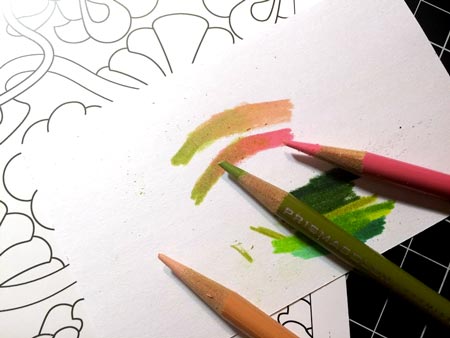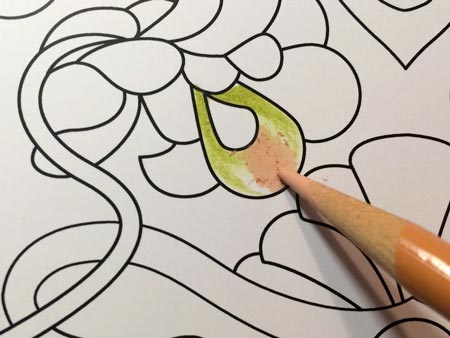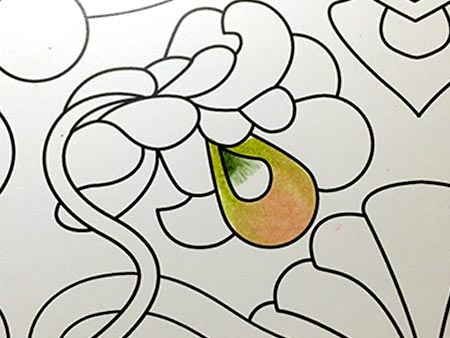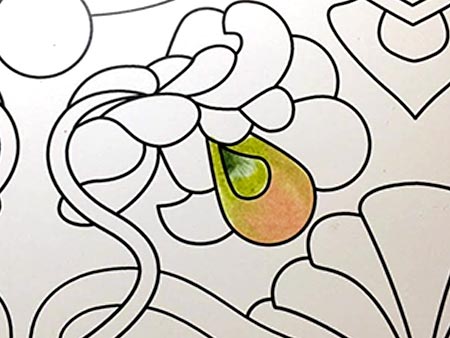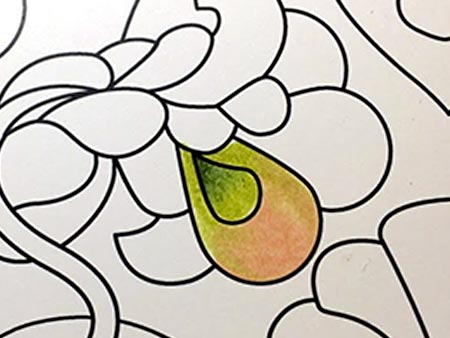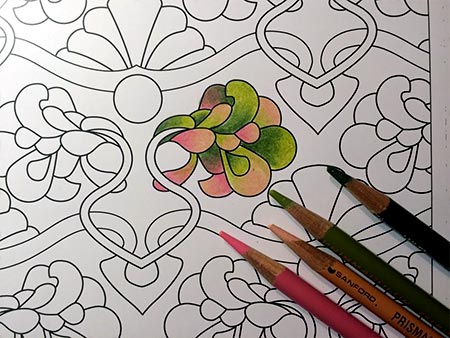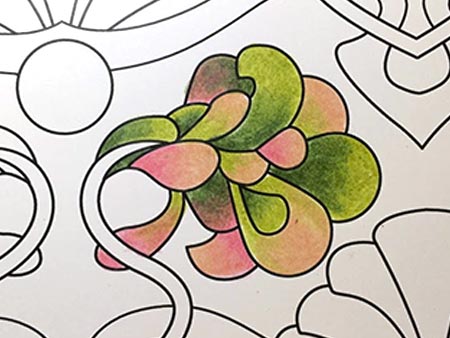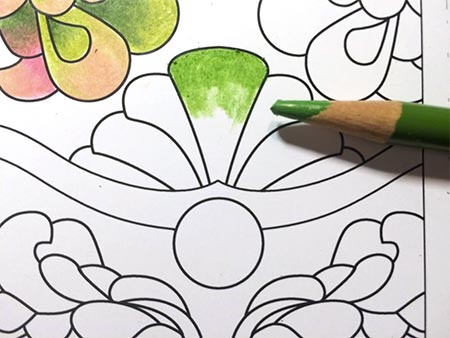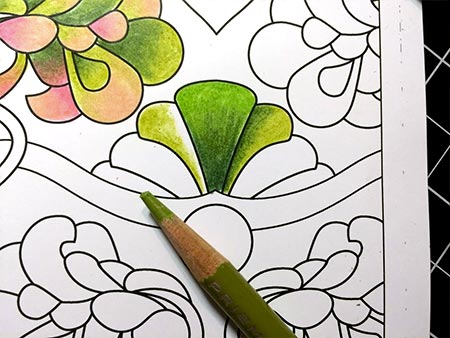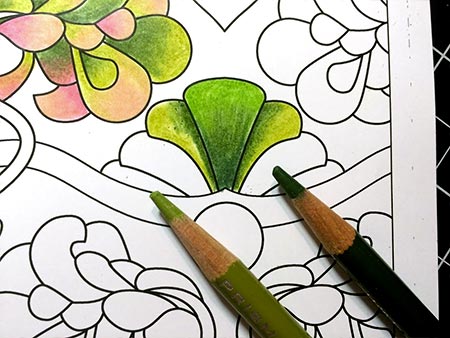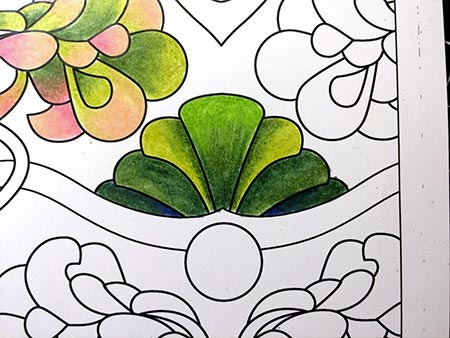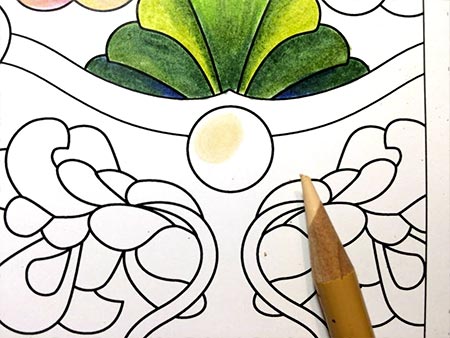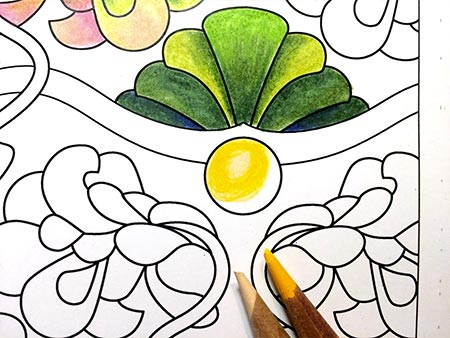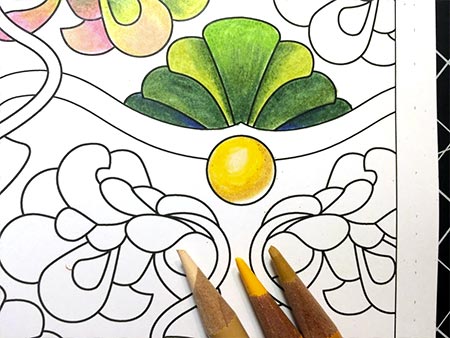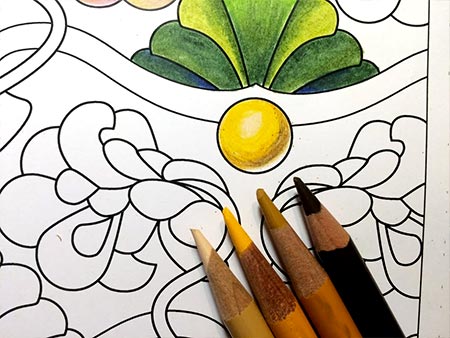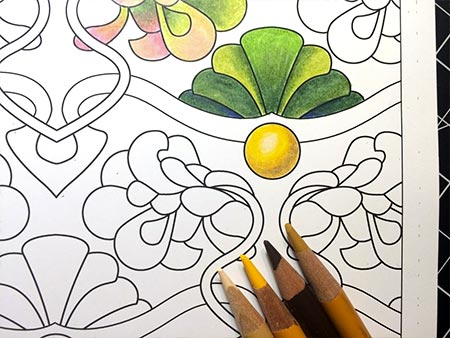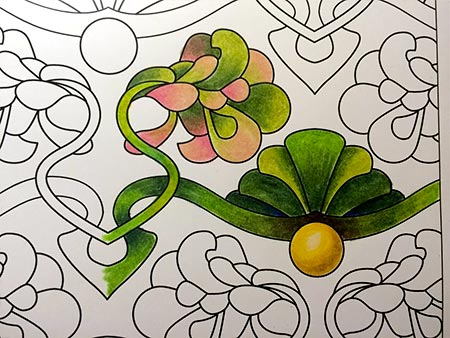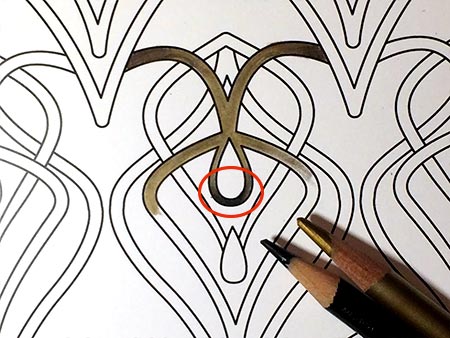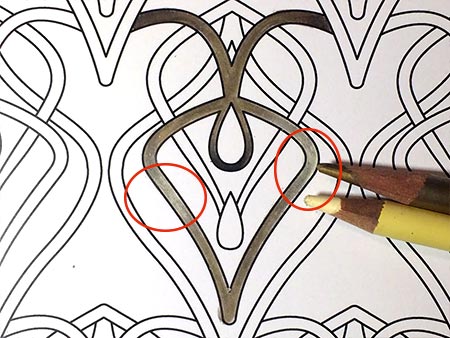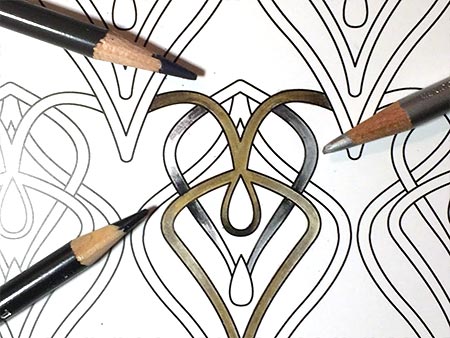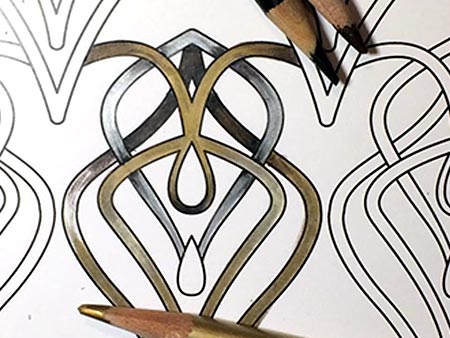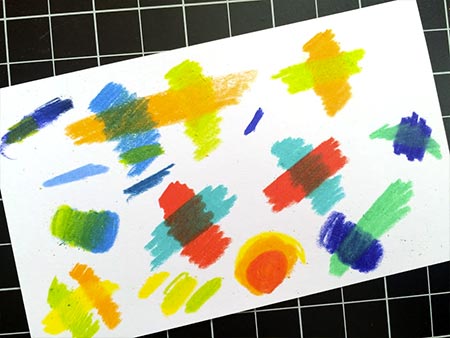
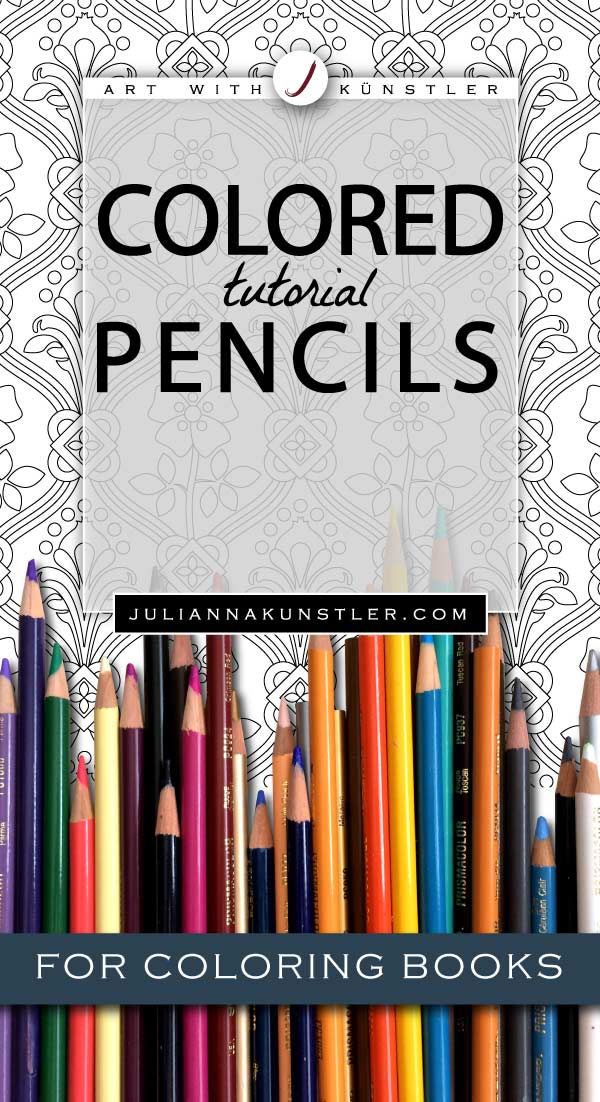
Colored pencils is the first thing what comes to mind when talking about coloring books.
Using colored pencils for book coloring can seem like something extremely basic - we all have done it back in the early ages.... but as we grow, our skill should change too, don't you think?
Our reward for coloring has changed too - instead a "good job!" praise from a parent, that sometimes appreciated not the quality of the coloring, but our time to sit still for 10-15 minutes... I am a parent too :) ... As an Art teacher with over 20 years of experience, I do not want to diminish all benefits that come from coloring as a young child - it is crucial for child development - way more important than teaching them to use an electronic devise - I am talking about eye-hand coordination, fine motor skills development, problem solving - to name a few...
See, I am not talking about the benefits (which are all still here), but of personal rewards. Now, our rewards are - stress relieve, self-expression, new achievements, etc... That's why I offer some basic tips for you to stat building up your coloring skills and taking them to an adult level...
Check the links above to explore the basics of colored pencils techniques.






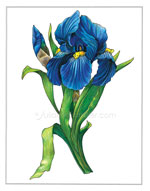
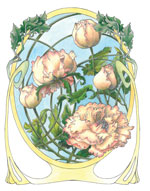

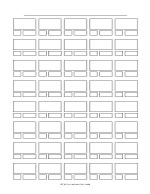
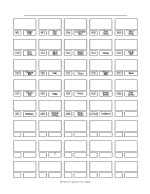

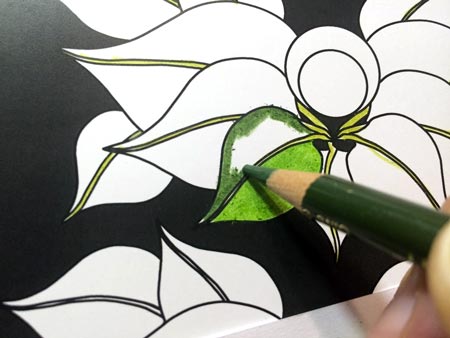
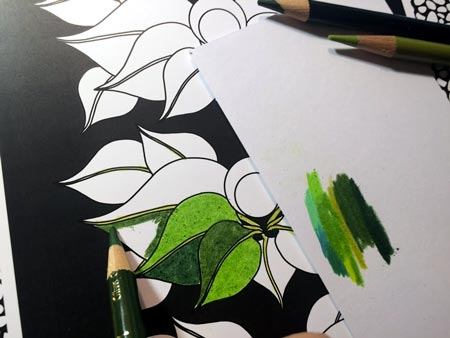 If you are coloring an area that requires one color (ex.: green) - use as many variations as you can - don't color the neighboring areas with the same pencil - if you don't have a wide range of each color - mix or layer the colors (I explain how to do it later).
If you are coloring an area that requires one color (ex.: green) - use as many variations as you can - don't color the neighboring areas with the same pencil - if you don't have a wide range of each color - mix or layer the colors (I explain how to do it later).
